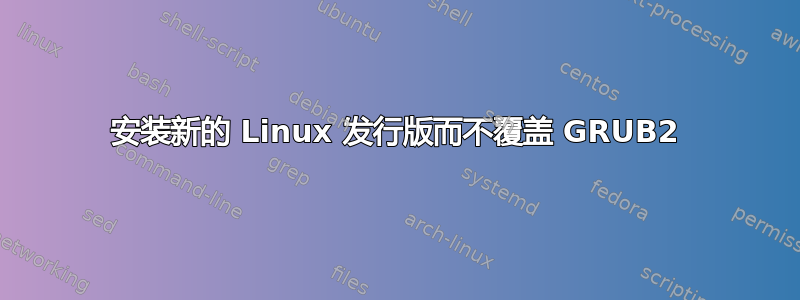
答案1
它应该询问您是否要安装 GRUB...如果不安装那就太糟糕了。我使用过的每个发行版要么询问(debian,ubuntu,suse,manjaro),要么有办法禁用它(我认为是centos),或者要求您手动执行(arch)。
但如果你无法阻止它,你可以稍后修复它。以后在 Linux 系统上引导加载程序很容易更改。 (可选)将其备份。然后完成安装,并在live或rescue媒体上启动,然后挂载管理grub的rootfs和/boot,以及rootfs内的proc,sys,dev,然后chroot到rootfs。然后重新安装grub。
例如,设置并输入 chroot:
sudo -i
mkdir /mnt/root
mount /dev/sda2 /mnt/root # assuming this is rootfs
mount /dev/sda1 /mnt/root/boot # assuming this is /boot
for d in dev proc sys; do mount -o bind /$d /mnt/root/$d; done
chroot /mnt/root /bin/bash
然后在其他 rootfs 中,安装 grub 或执行其他步骤:
grub-install /dev/sda
#optional... especially important if you have modified fstab
# choose one of these depending on distro
mkinitcpio # arch,manjaro
mkinitrd # suse,rh
update-initramfs -u #ubuntu,debian,mint probably
#optional... not required just for grub-install. Required if you have added new kernels or modified /etc/grub.d/ files.
# maybe this will run os-prober for you, saving the step of getting the 2nd OS in the grub menu
update-grub



